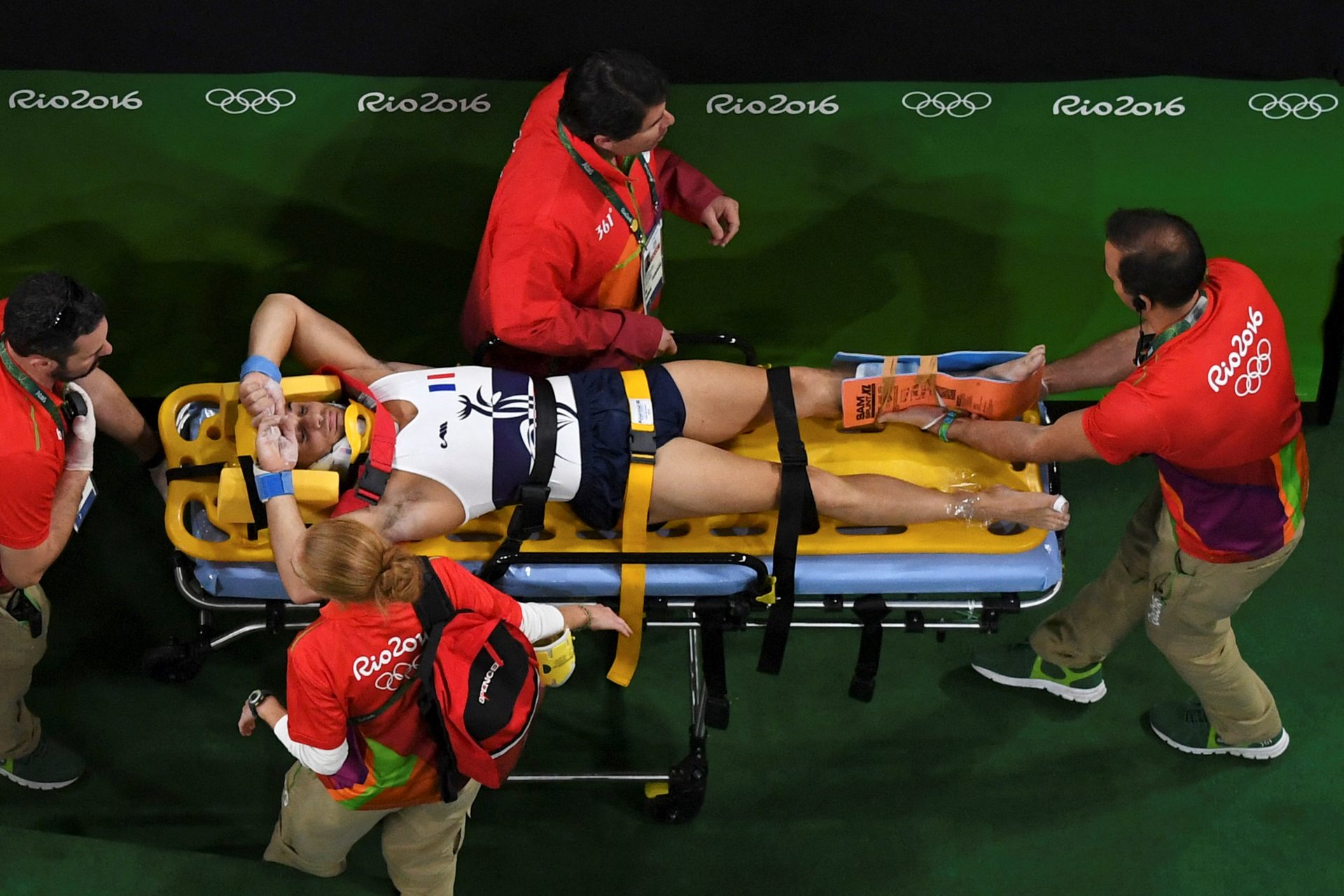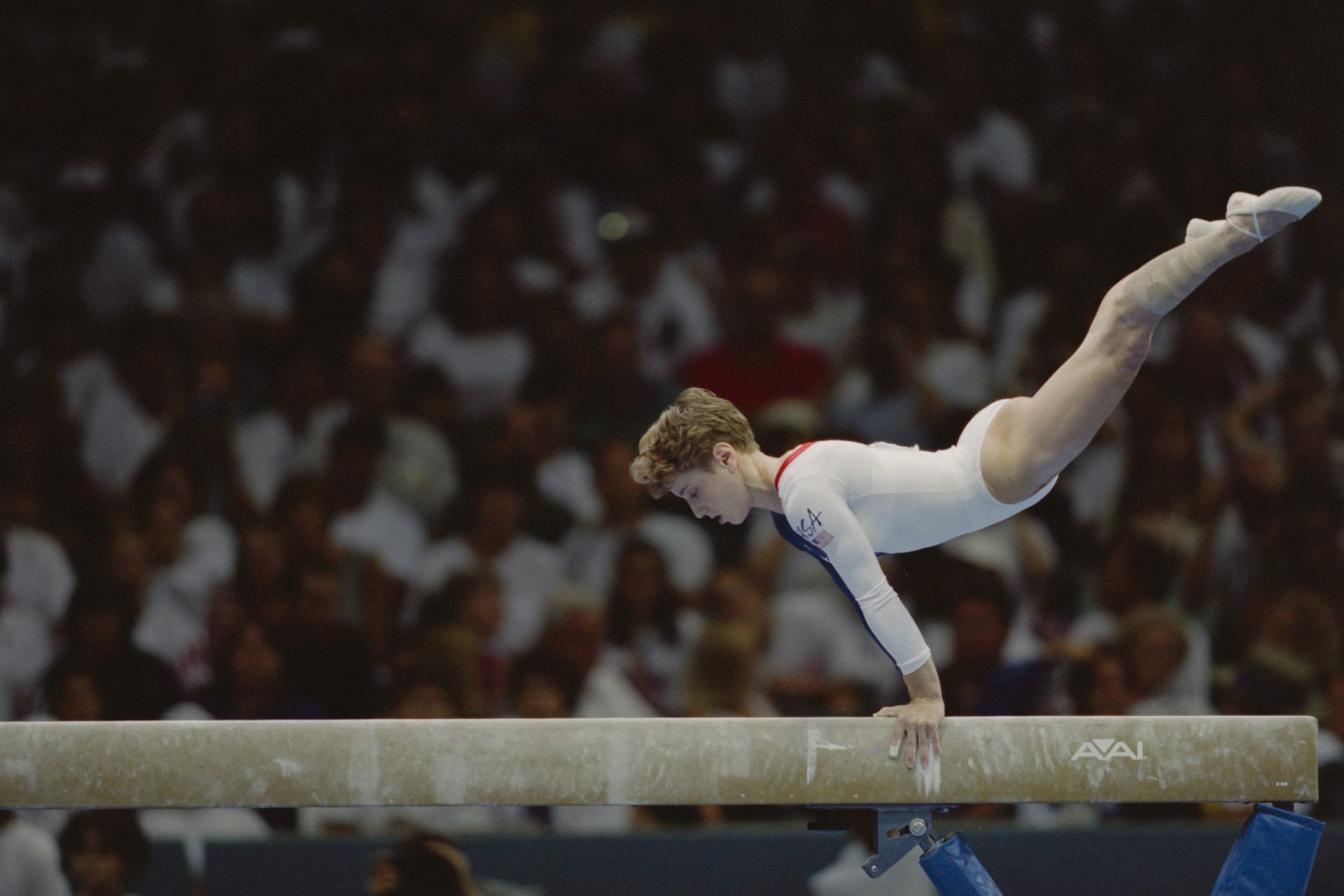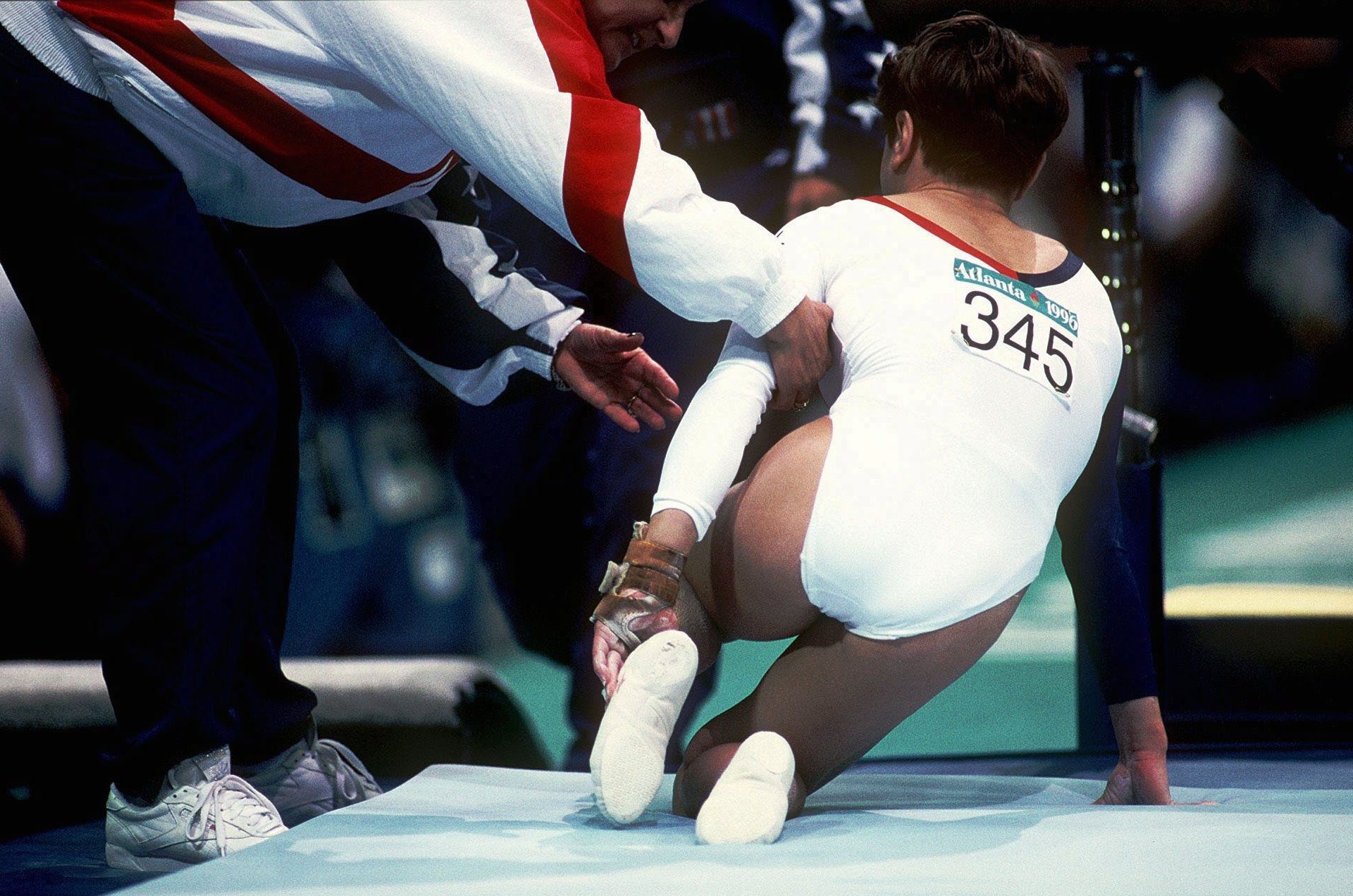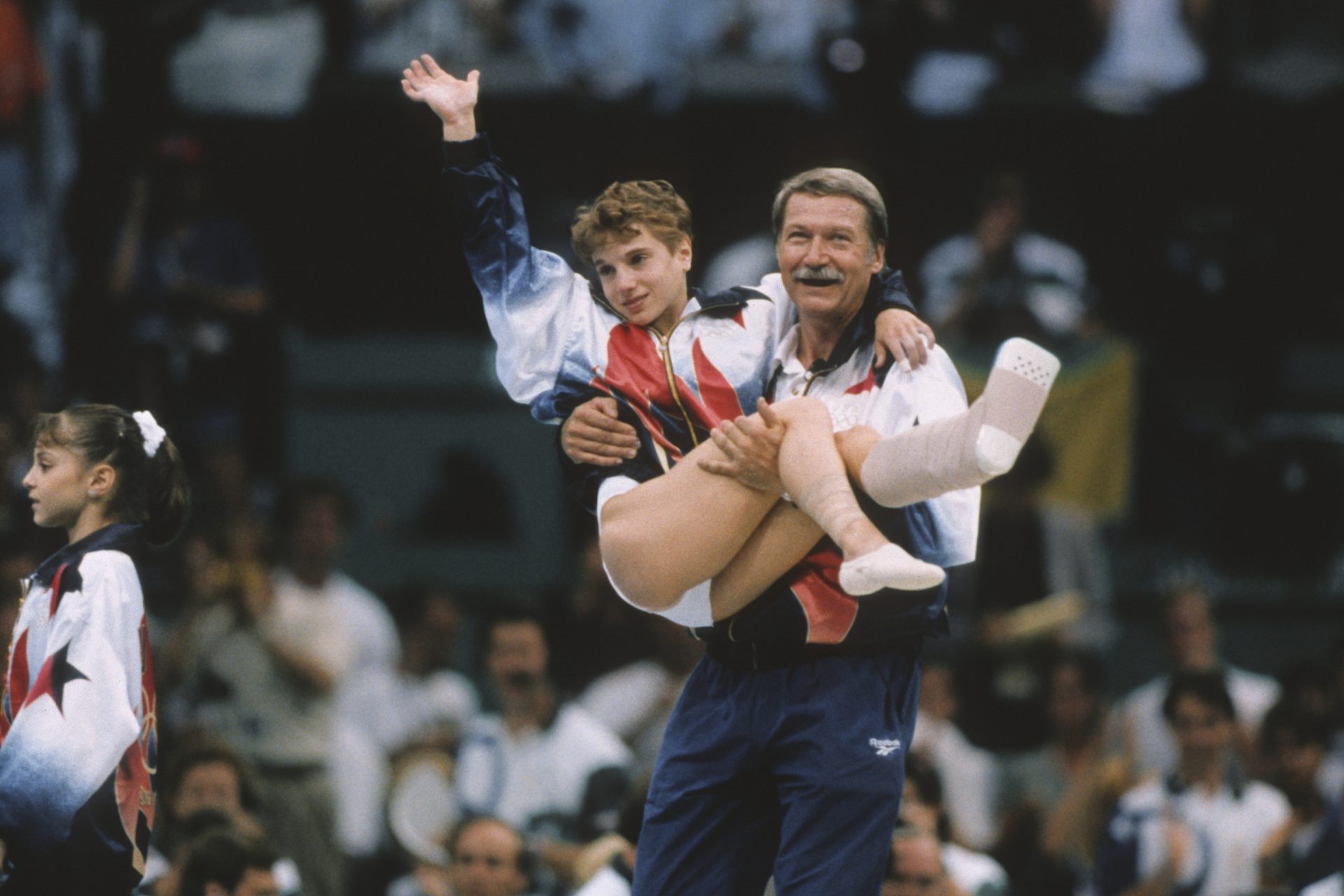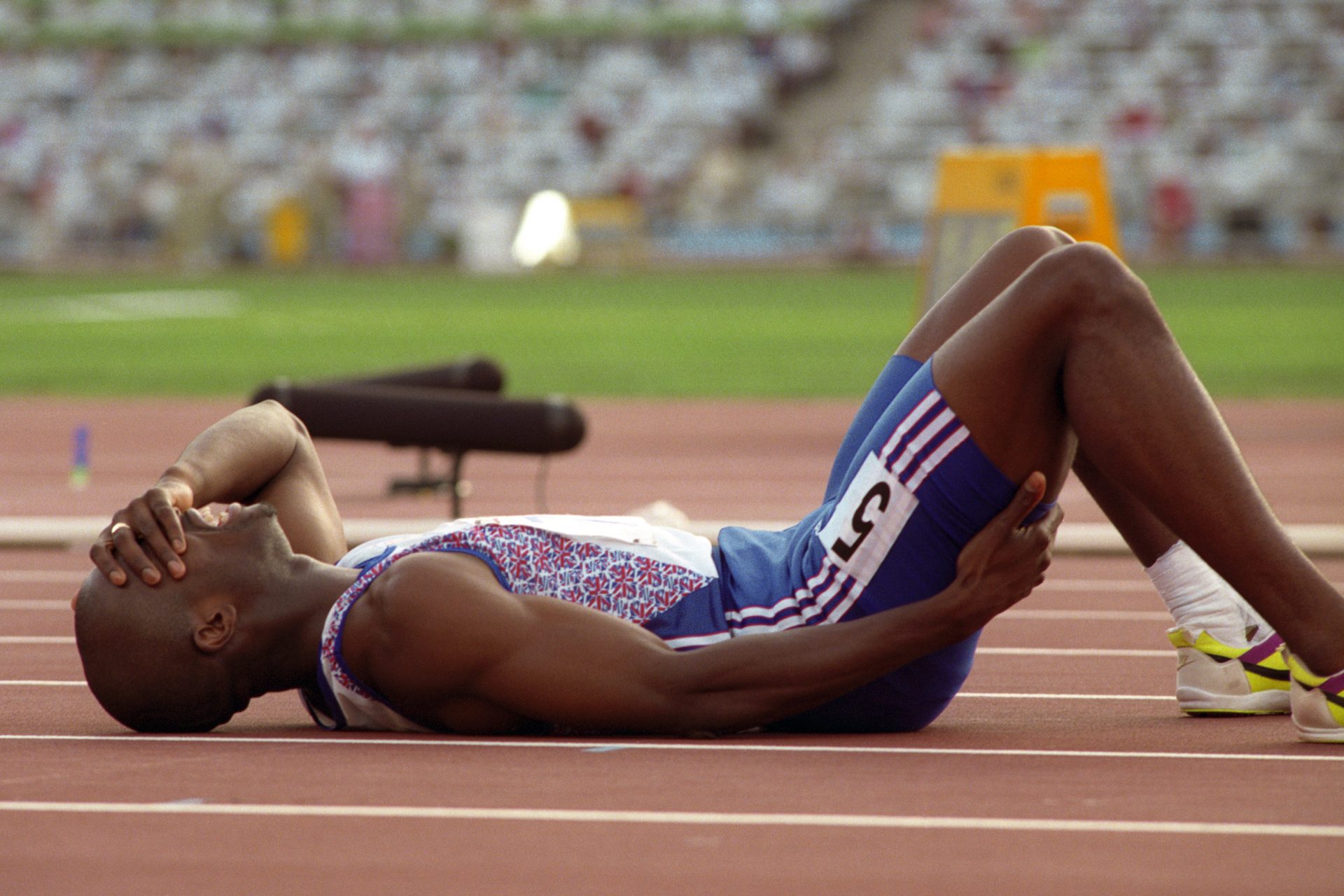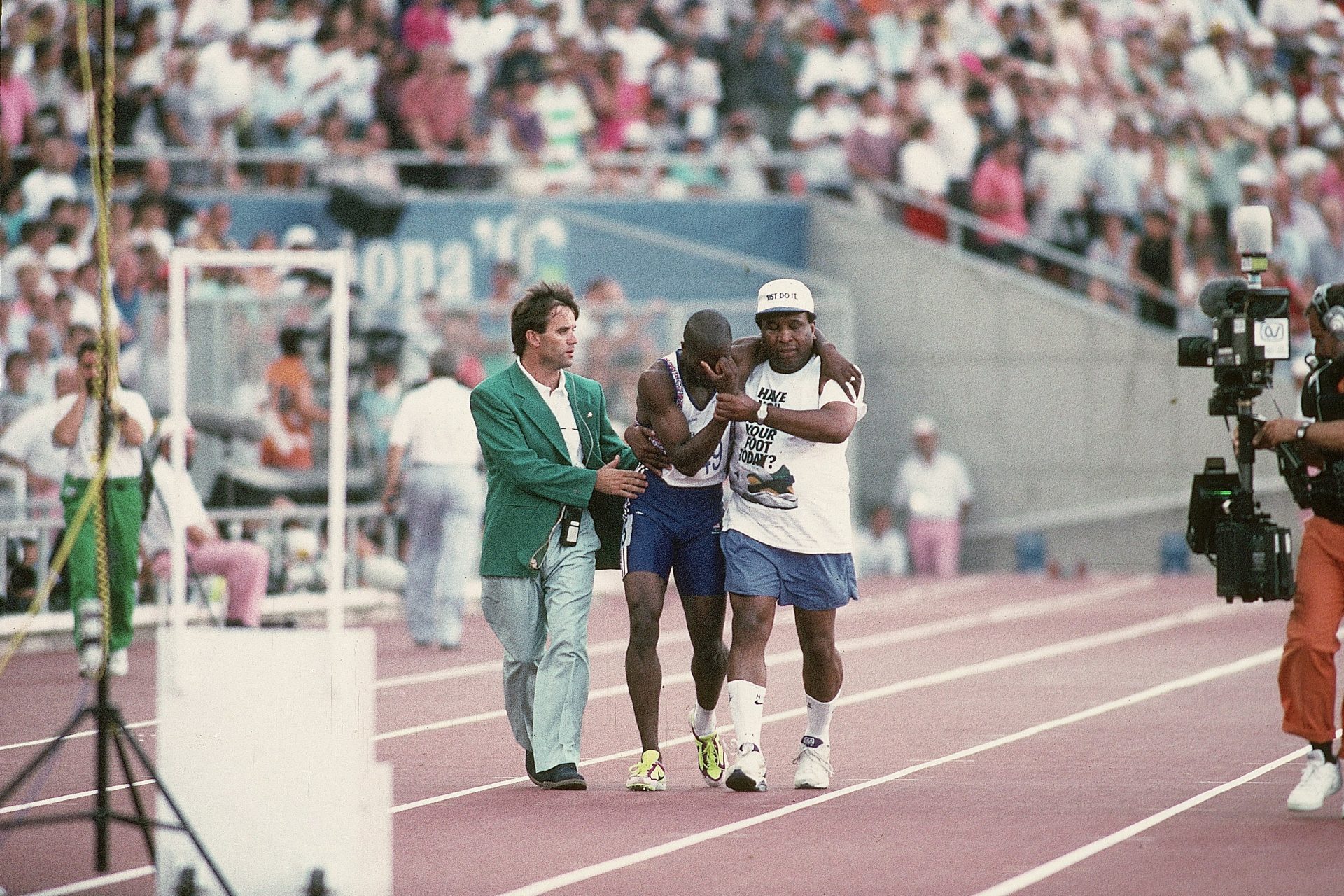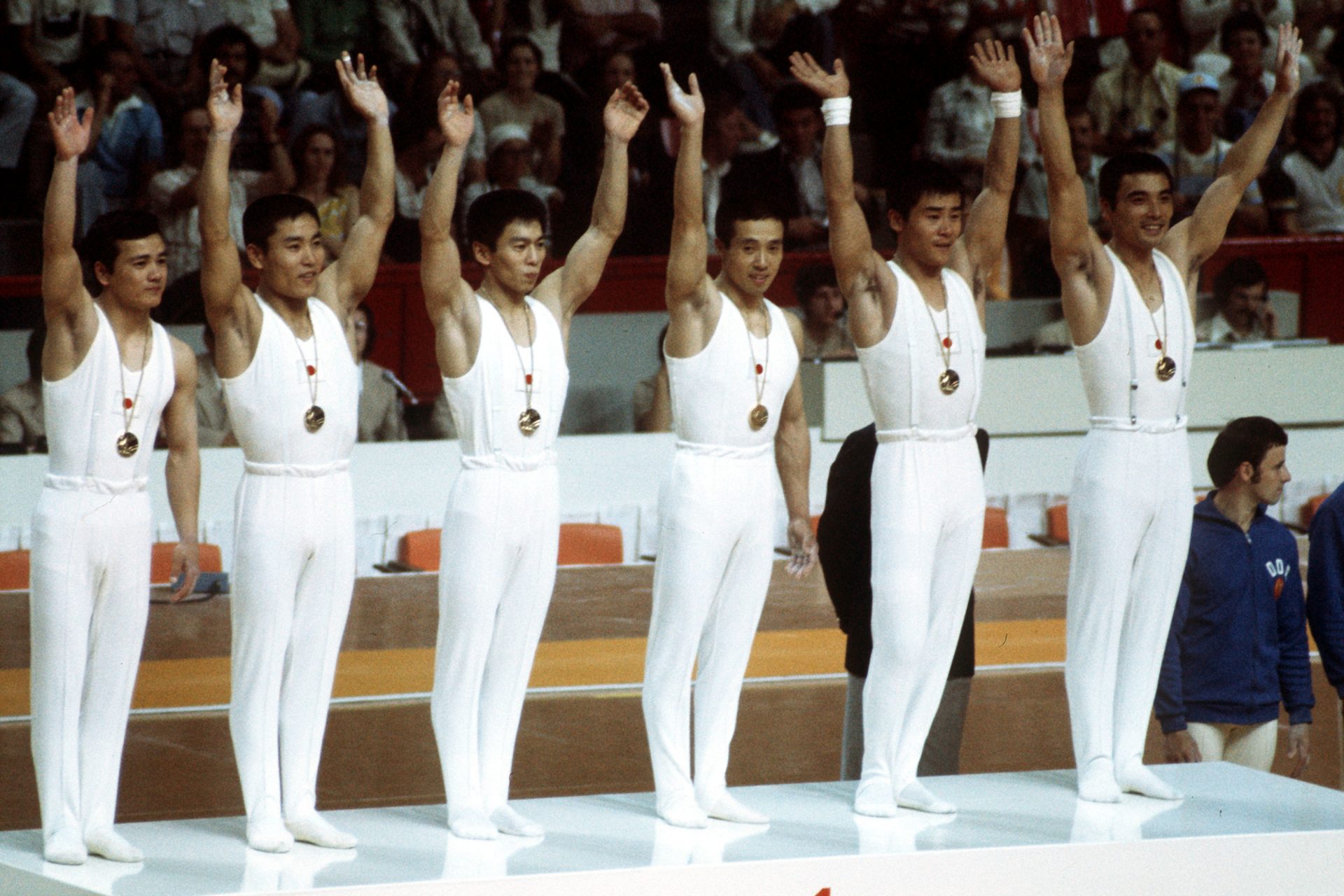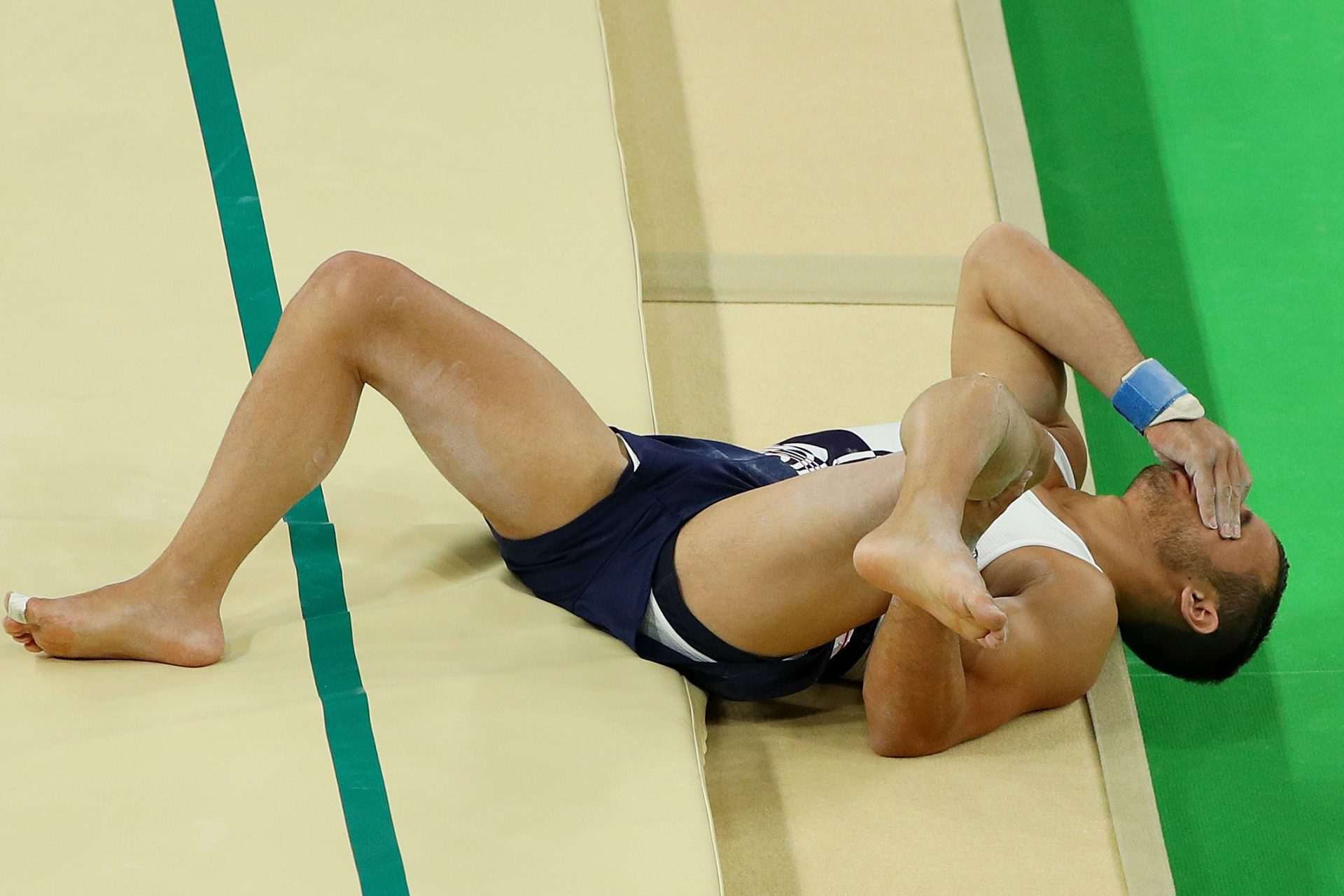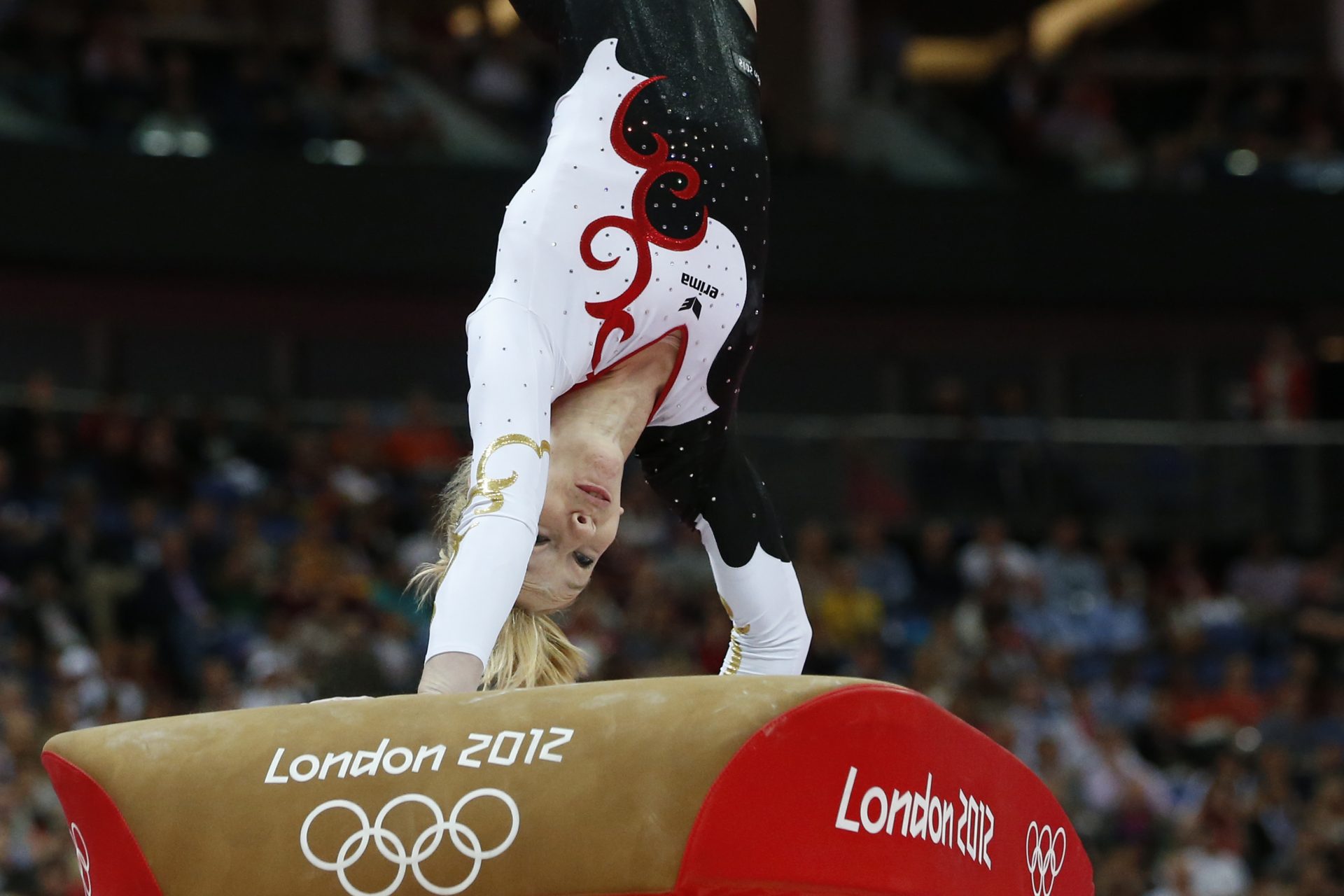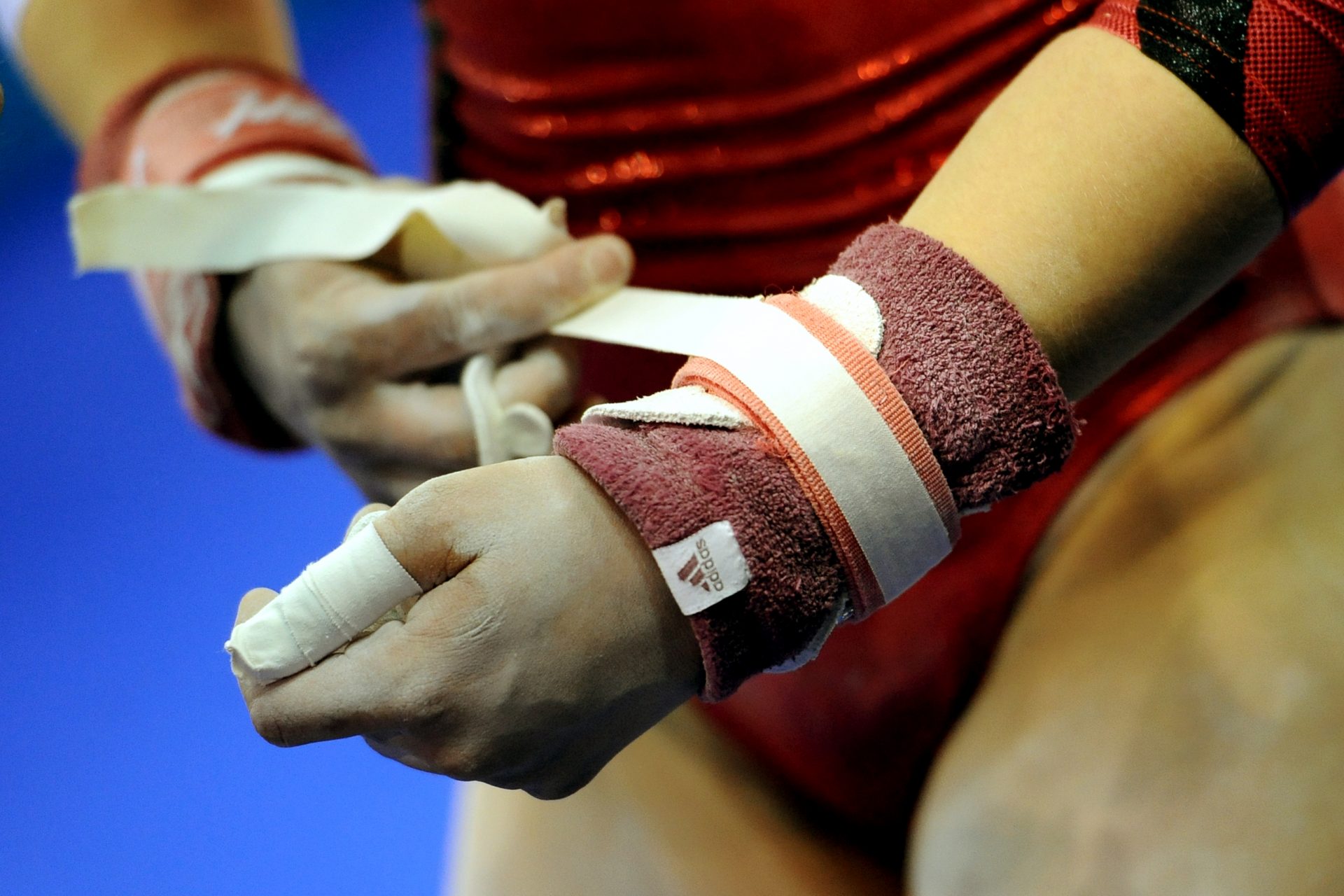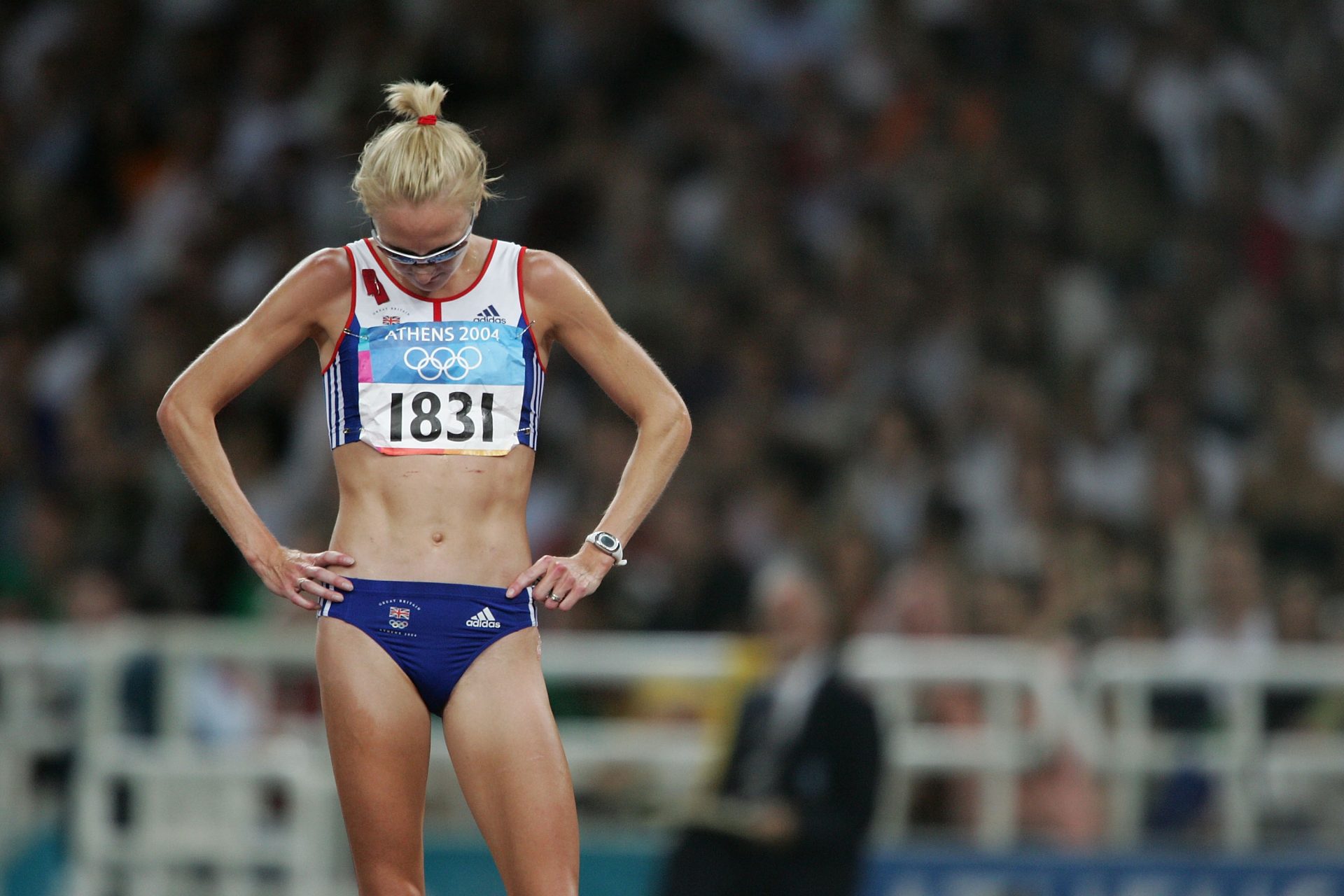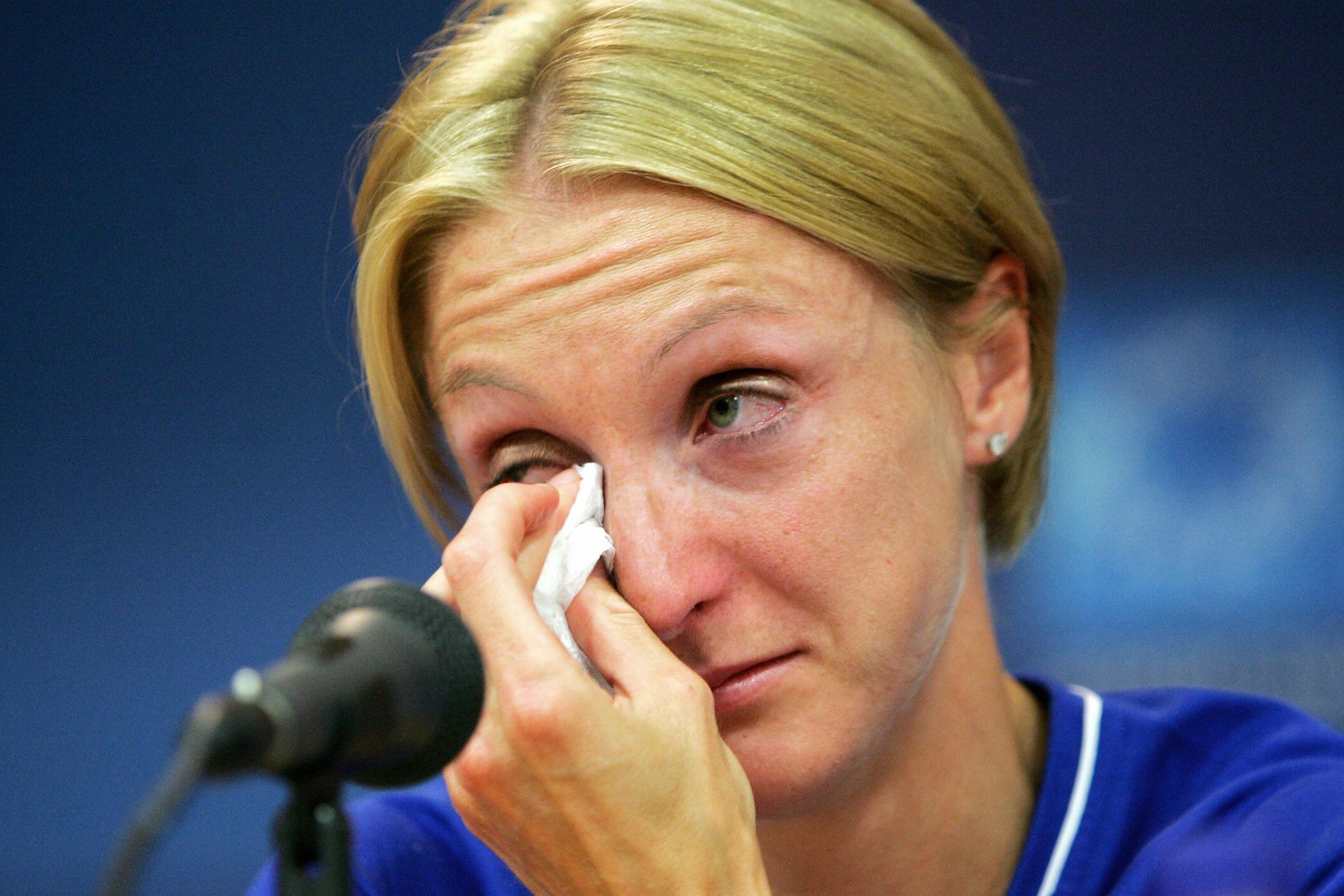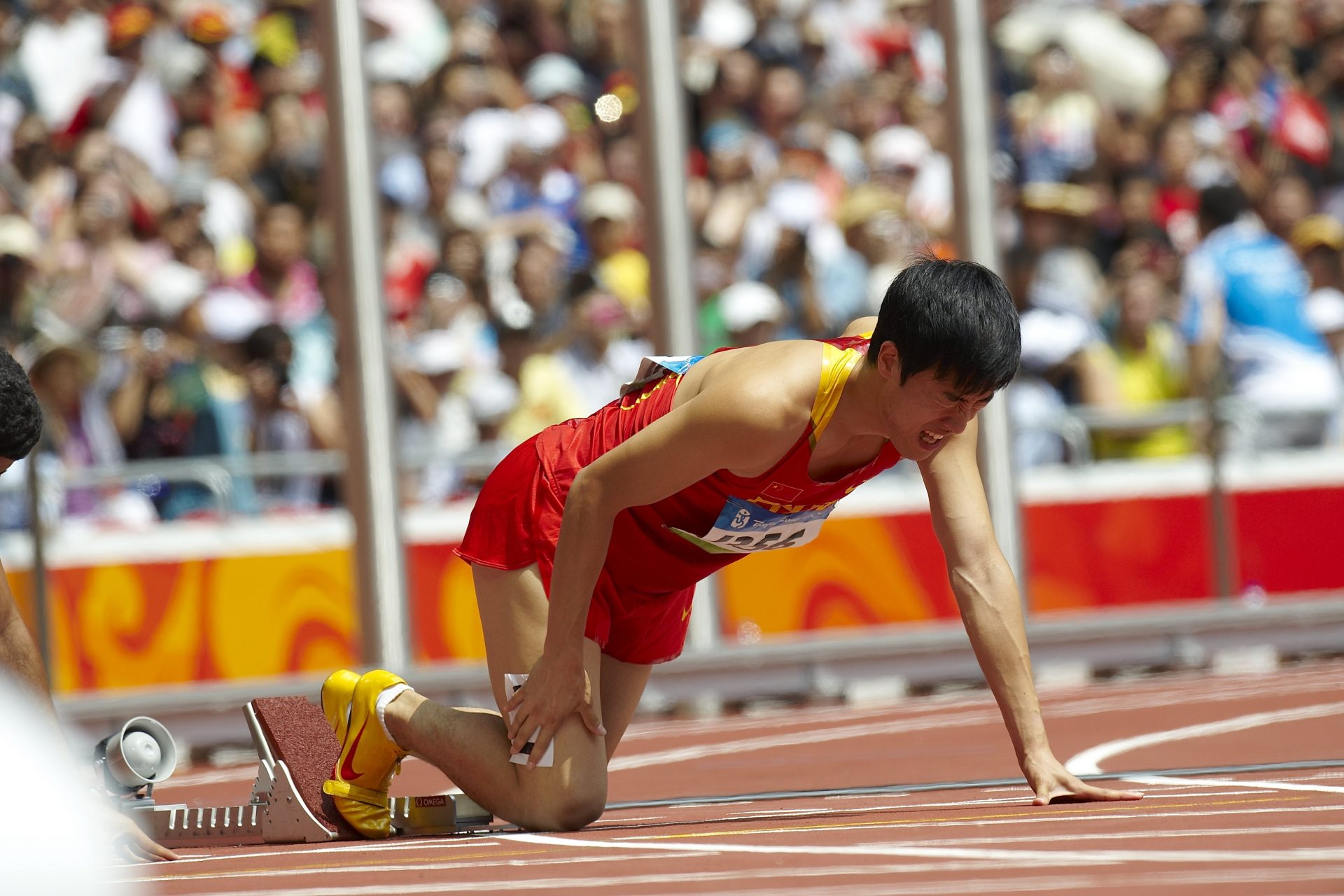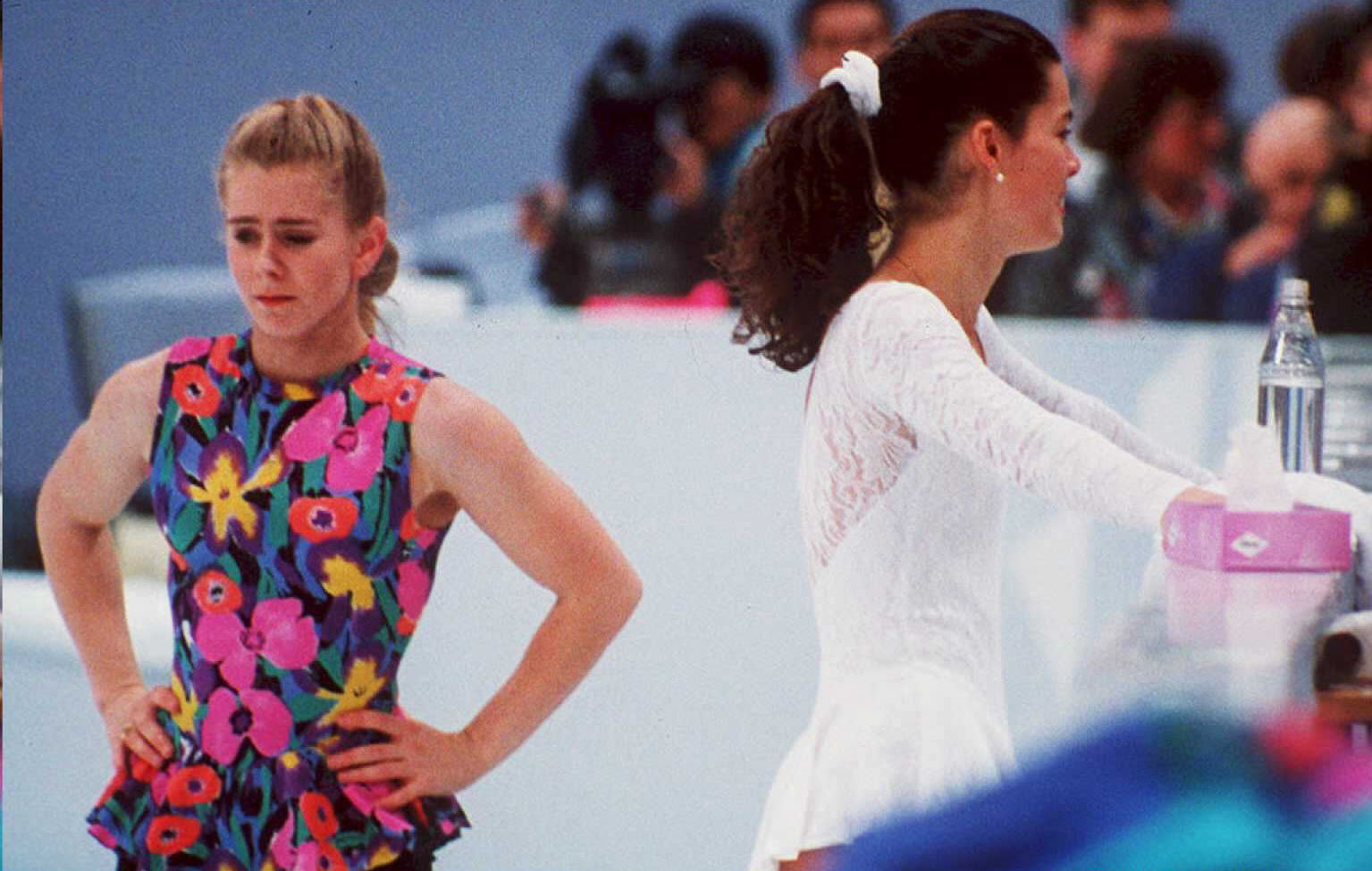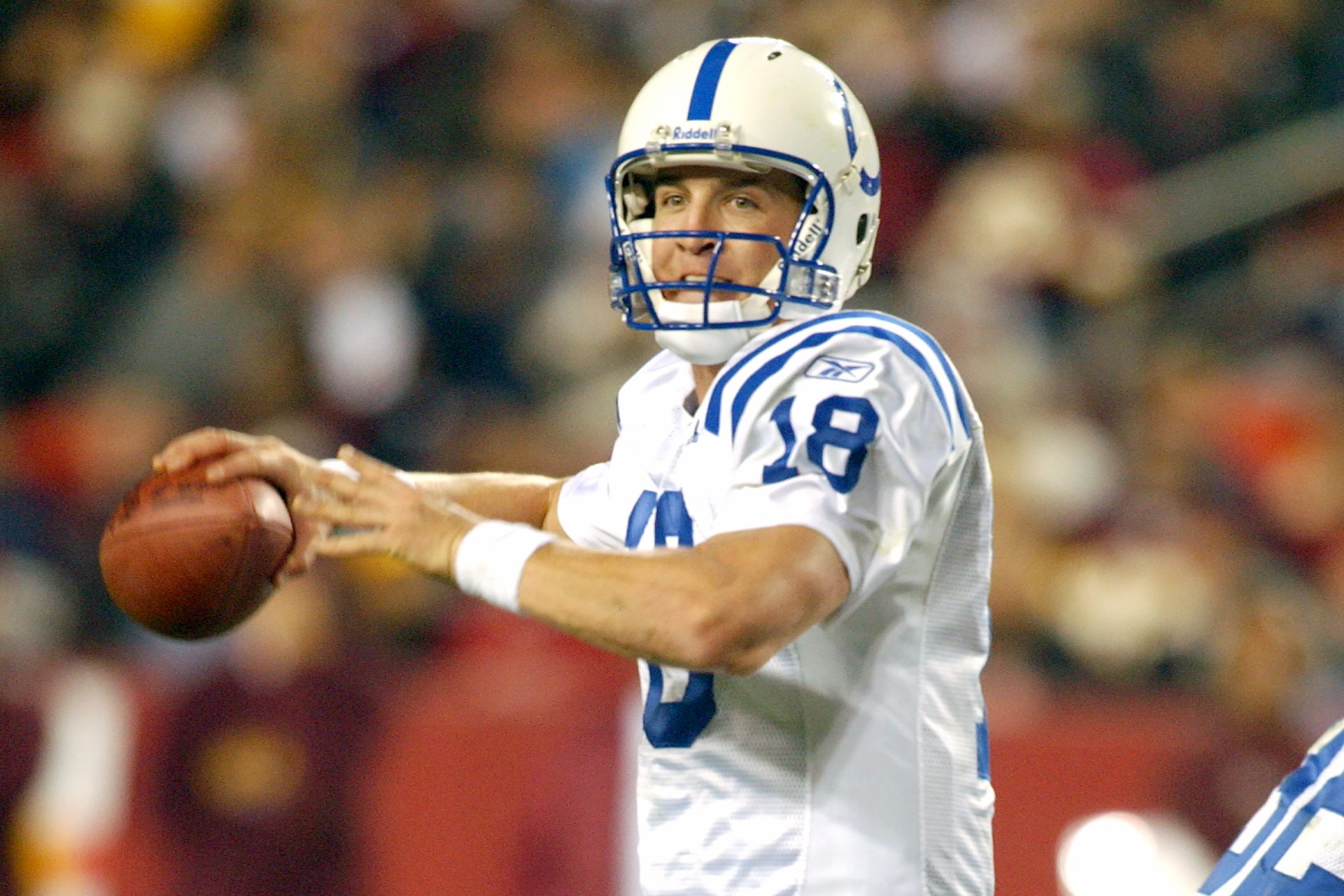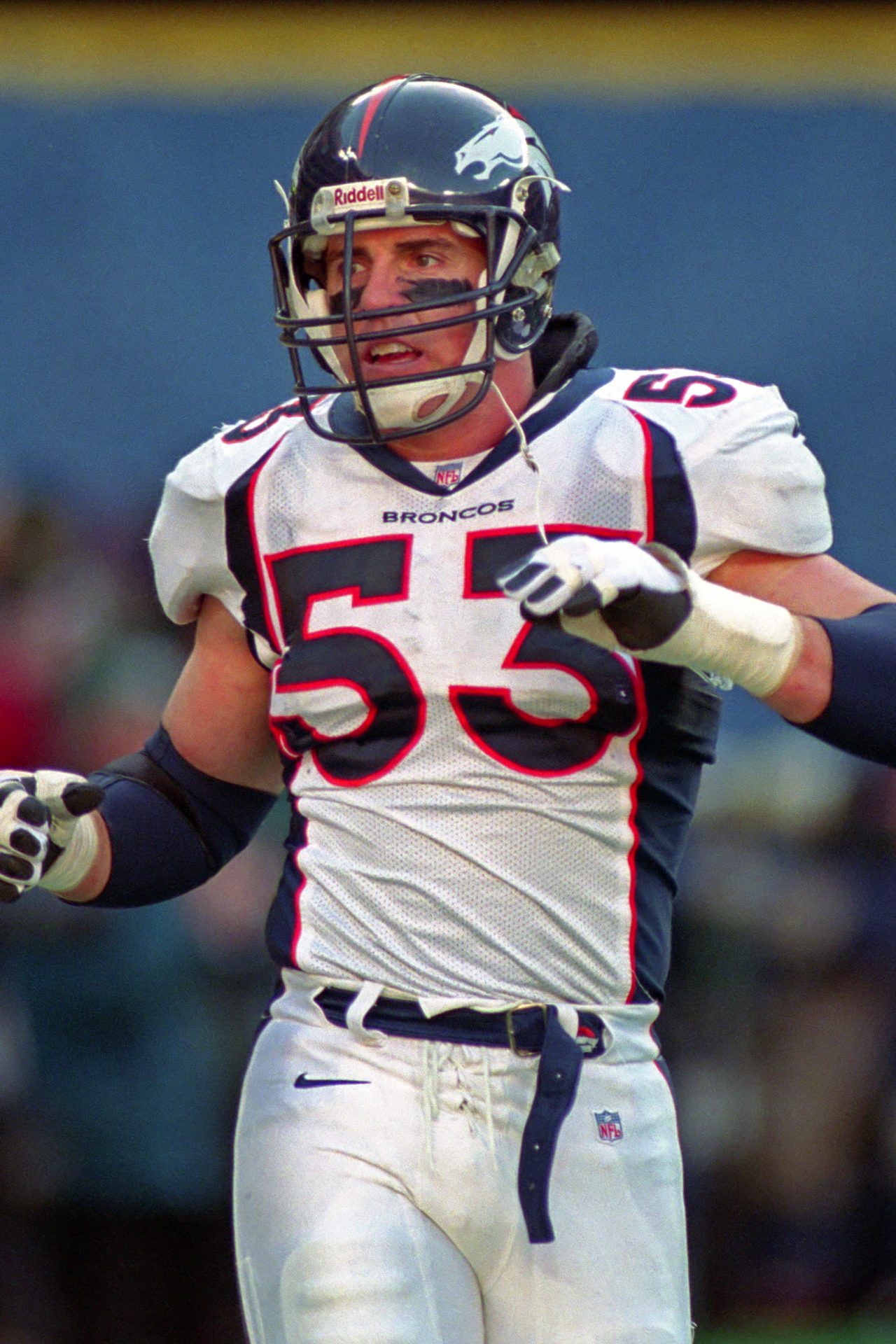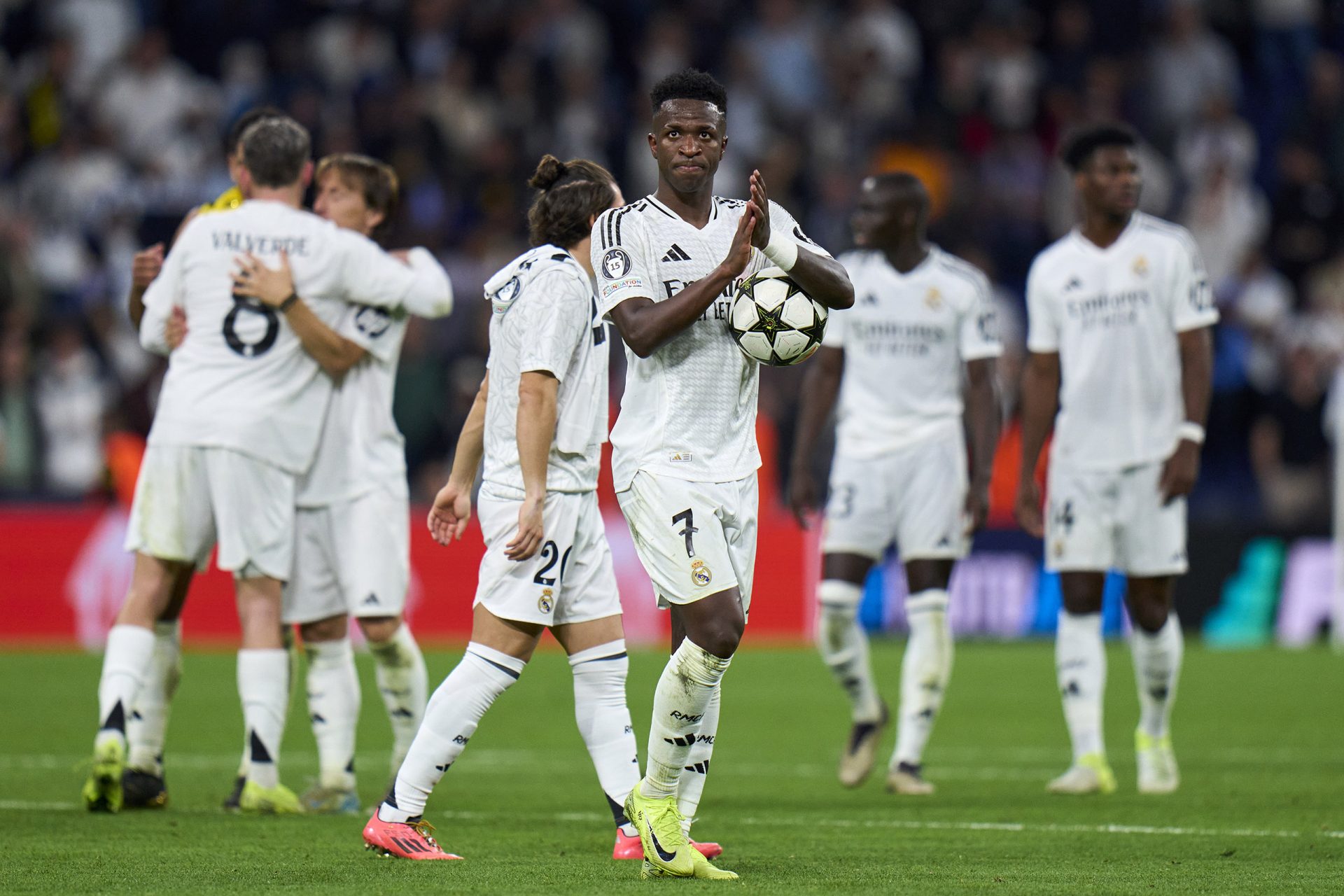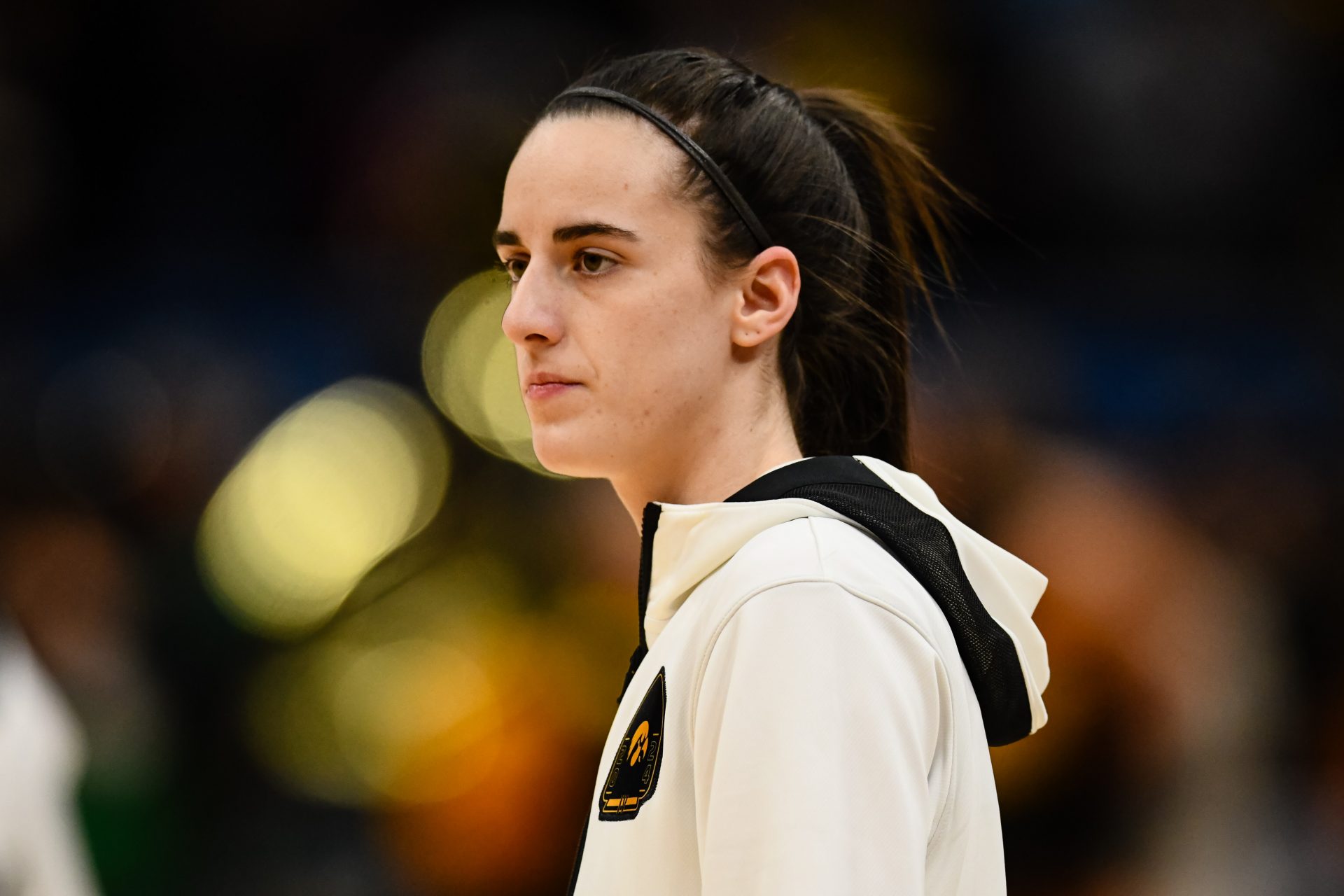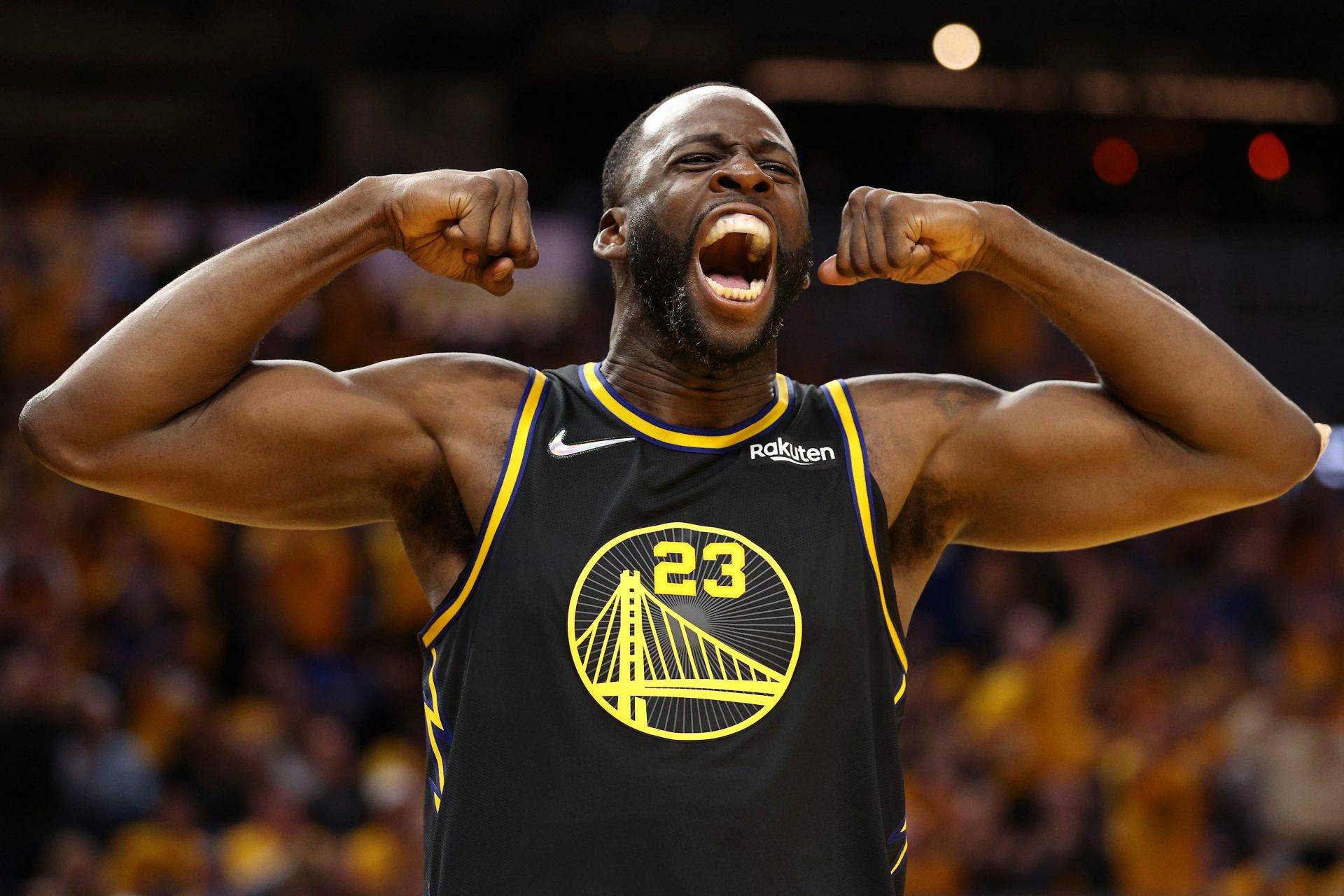'One small step can ruin everything': Athletes and their horror Olympic injuries
The Olympics are the stage where the world's top athletes – across 32 disciplines – push their bodies to the limit in pursuit of glory. While the stories of triumph often take center stage, the Olympics have also been the scene of some of the most heartbreaking injuries in sports history. Let's take a look at some of the most poorly-timed injuries in the history of sport!
The 1996 Atlanta Olympics saw one of the most iconic and heroic performances in Olympic history. During the team final of the women’s gymnastics competition, Kerri Strug severely injured her ankle on her first vault attempt.
Despite the injury, she performed her second vault and secured the gold medal for Team USA. Strug's determination and pain were evident as she landed on one foot and collapsed afterward.
Want to see more like this? Follow us here for daily sports news, profiles and analysis!
In an interview with ESPN in 2016, Strug reflected, "I don't remember the vault itself, but when I landed, I didn't think I'd done anything special. I was supposed to land the vault. Anything else would have been unacceptable." Talk about a winning mindset!
Derek Redmond's 400-meter semifinal at the 1992 Barcelona Olympics is remembered not for his victory but for his incredible display of perseverance. Midway through the race, Redmond tore his hamstring and collapsed on the track.
Despite the excruciating pain, he got up and began hobbling towards the finish line as his father Jim ran onto the track to aid his son. "You don't have to do this," Jim told him, as the pair recounted to the New York Times. Derek insisted he had to finish the race: "Well, then," Jim Redmond said, "we’re going to finish this together."
The moment would become one of the most iconic and emotional images in Olympic Games history. Who's cutting onions in here?
Japanese gymnast Shun Fujimoto (third from left) demonstrated extraordinary bravery during the 1976 Montreal Olympics. After breaking his knee cap during the floor exercise, he continued to compete in the team event. He would help Japan take home the gold. Fujimoto told the Olympics website in 2021 that: "I tried not to show that I was injured, because I did not want the judges or anyone to think that I was hurt."
French gymnast Samir Ait Said suffered a horrific leg fracture during the vault competition at the 2016 Rio Olympics. The graphic injury, where his leg snapped visibly, shocked the audience and left his Olympic dreams shattered. His determination and positive outlook were evident when he vowed to return to the sport.
"All in all, everything went well, I’m happy. Actually, I still can return to the venue to cheer on my friends because the competition isn’t over," he shared in a video statement on his social media after an operation. He would return to the Olympics in 2020 and has qualified for Paris 2024, still in the hunt for a gold medal.
During the vault final at the 2012 London Olympics, German gymnast Janine Berger suffered a gruesome elbow dislocation on her landing. The injury was immediately apparent, and she was taken off the field for medical attention. Berger’s injury not only ended her Olympic campaign but also had long-term impacts on her gymnastics career.
She told German publication Augsburger Allgemeine in 2015 that: "It’s a sport where you need perfection. Something like a small step too far to the left or a tiny problem can ruin everything." She has yet to qualify for an Olympics since the injury.
Marathon runner Paula Radcliffe entered the 2004 Athens Olympics as a favorite. However, during the race, she suffered a leg injury that forced her to withdraw.
The sight of Radcliffe sitting on the curb in tears, unable to continue, remains one of the most heartbreaking images in Olympic history. Her Olympic dreams were dashed despite years of preparation and training.
She reflected on the moment in 2020 to Athletics Weekly. "I’ve been back time and time again in my mind. I know I was called a quitter a lot at the time and criticised for stopping. I think something in my mind kicked in, in self-preservation."
Want to see more like this? Follow us here for daily sports news, profiles and analysis!
"I knew that I wasn’t going to be able to finish, that I wasn’t going to push my body to complete collapse that day. It still was very hard to recover from."
Chinese hurdler Liu Xiang was the favorite to win gold in the 110m hurdles at the 2008 Beijing Olympics, held in his home country. However, he had to withdraw from his heat due to a severe Achilles injury. The injury not only crushed his Olympic aspirations but also left the home crowd in stunned silence. His departure from the track was a moment of national heartbreak.
"I always describe that incident as 'a beautiful accident'," Lui reflected in 2024 to World Athletics. "The 110m hurdles outdoors and the 60m hurdles indoors are intensely competitive events. Accidents can always happen. I had to train very hard to come back from the injury I suffered in 2008. It meant a lot to win a silver medal at the World Championships in Daegu."
While not an injury that occurred during the competition, figure skater Nancy Kerrigan’s knee injury just before the 1994 Lillehammer Winter Olympics was one of the most shocking incidents in Olympic history.
Kerrigan (right) was attacked by a man hired by the ex-husband of her rival, Tonya Harding (left), and her knee was severely injured. Despite the attack, Kerrigan recovered in time to win a silver medal at the Games.
Kerrigan has shied away from discussing this event in any real detail since, telling reporters, and recounted by the Central Maine newspaper in 2014: "Let’s move on. You’ve got to allow people that chance to get on with their lives and try to be better and learn from mistakes."
Want to see more like this? Follow us here for daily sports news, profiles and analysis!
More for you
Top Stories



